Informer les Français
En ce moment
Agriculture
- Suivre les mesures en faveur des agriculteurs
Agriculture
- Retrouver l’actualité du ministère de l'Agriculture
Agriculture
Prévenir et gérer les risques majeurs
Quels sont les risques et menaces majeurs et comment s'en prémunir ? Quelle mobilisation de l'État ?
Je consulte le portail RisquesL'essentiel de l'actualité


Nouvelles données
Ce qui change pour moi dans mon département

En partant de vos préoccupations et de vos attentes, le Gouvernement a construit un programme de politiques prioritaires pour changer durablement notre pays et améliorer votre quotidien sur les 4 axes suivants :
Voir les changements
Le Conseil des ministres
La formation collégiale réunit chaque semaine l'ensemble des ministres sous la présidence du chef de l'État. Consulter le dernier compte rendu du Conseil des ministres du 24 avril 2024
Les institutions
Qui compose le Gouvernement ? Quels sont les services du Premier ministre ? À quoi ressemble l’Hôtel de Matignon ?
Le Premier ministre
Consulter l'agenda du Premier ministre
Réunion, comité interministériel, conférence de presse... Retrouvez l'intégralité des déplacements du Premier ministre sur le territoire.
Écrire au Premier ministre
Avez-vous des questions ou remarques dont vous souhaiteriez faire part au Premier ministre ?
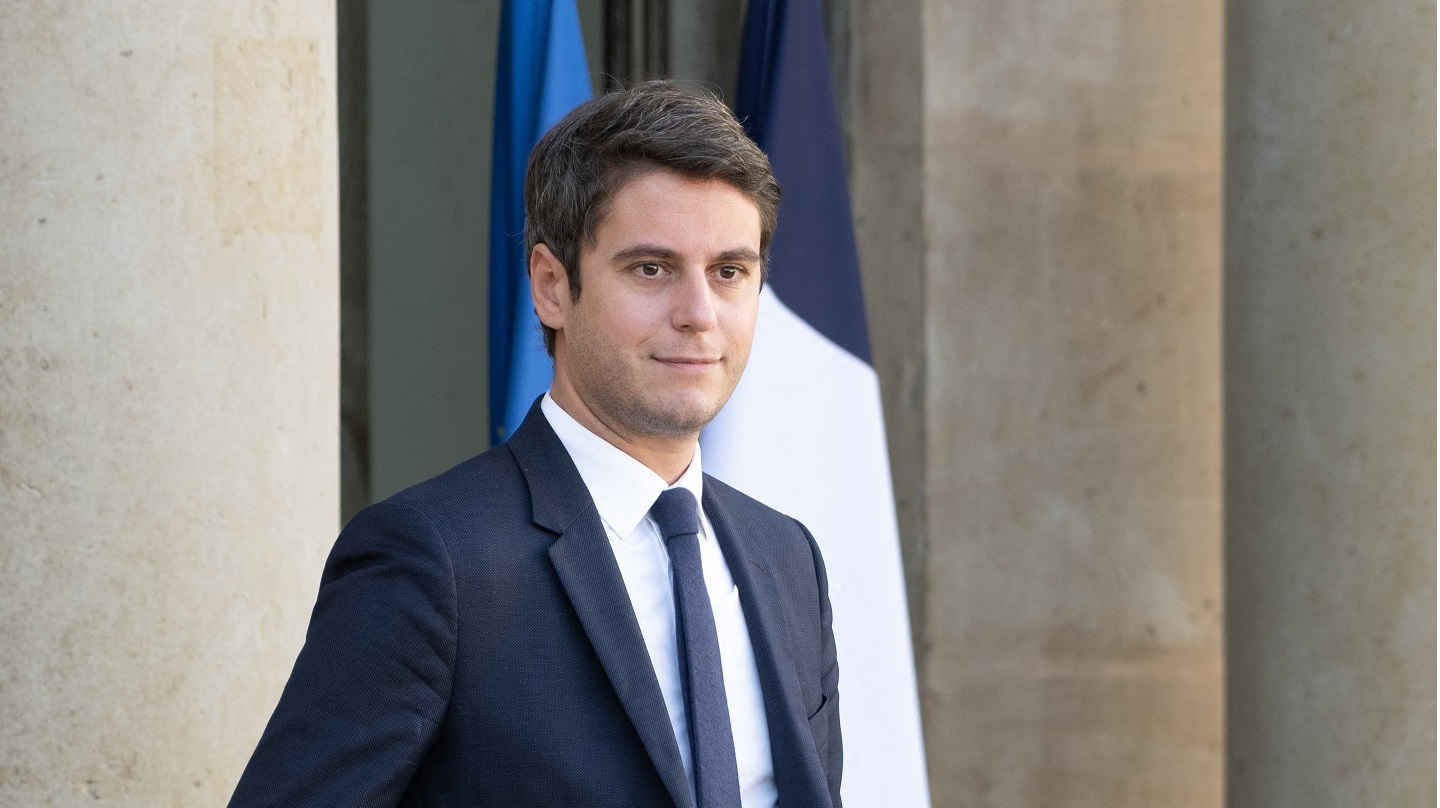
Les documents récents
Des mesures complémentaires pour soutenir les agriculteurs
Communiqué · Alimentation
Publié 27/04/2024
Comité interministériel de la Transformation publique
Dossier de presse · Fonction publique
Publié 23/04/2024
Présentation du plan de transformation écologique de l'État
Dossier de presse · Transition écologique
Publié 28/03/2024
À la demande de l'État, M. Augustin de Romanet assurera la continuité de ses fonctions de président-directeur général ADP
Communiqué · Industrie
Publié 20/03/2024
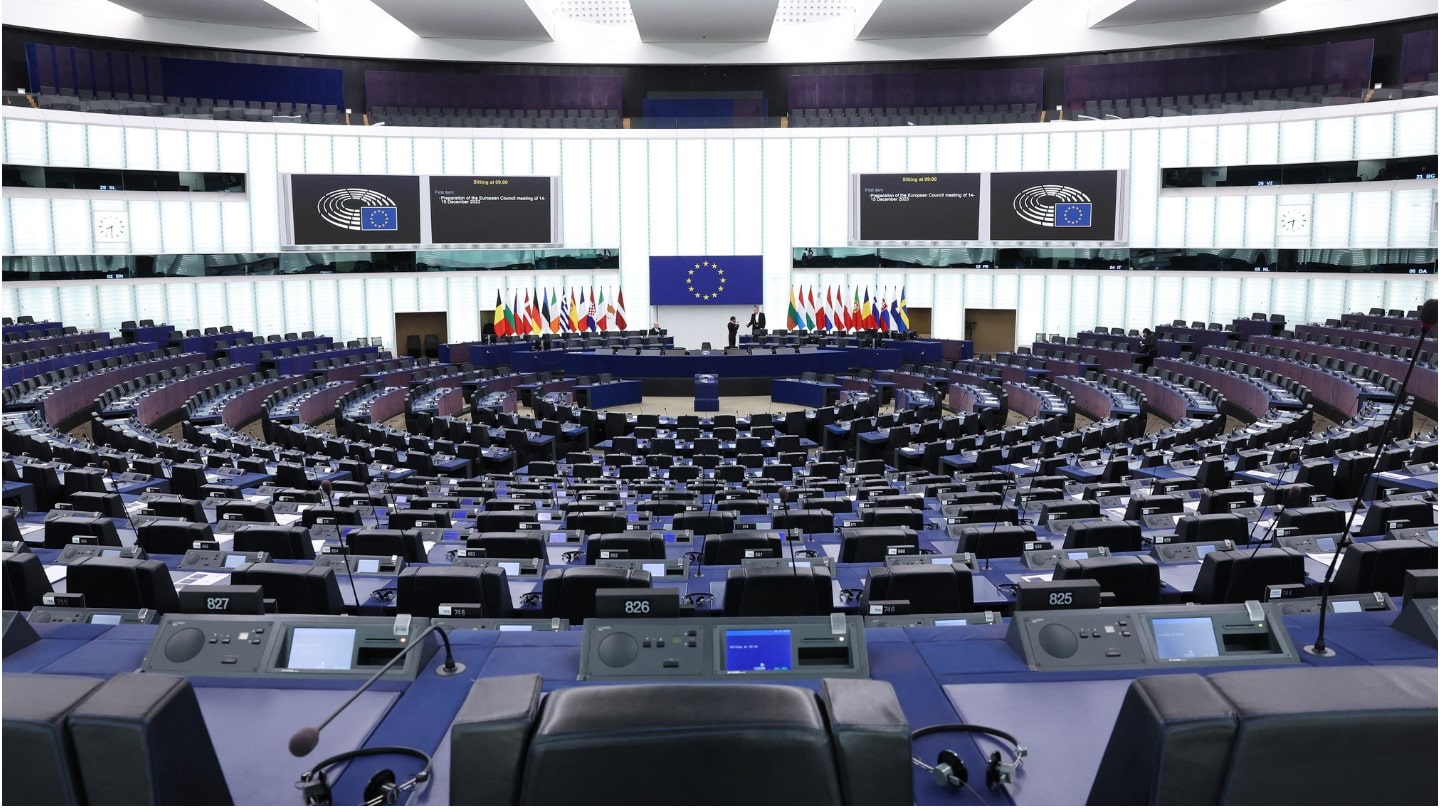

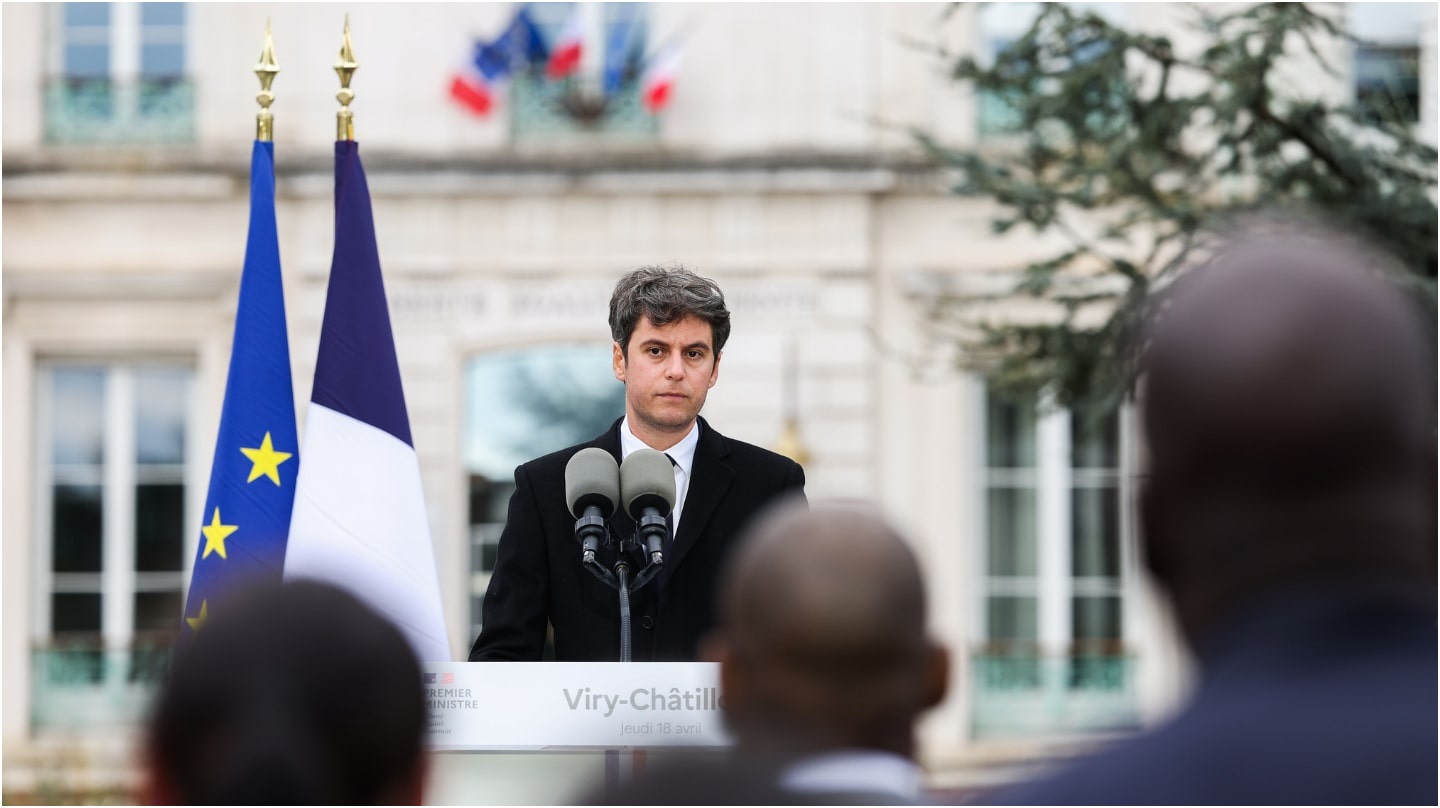
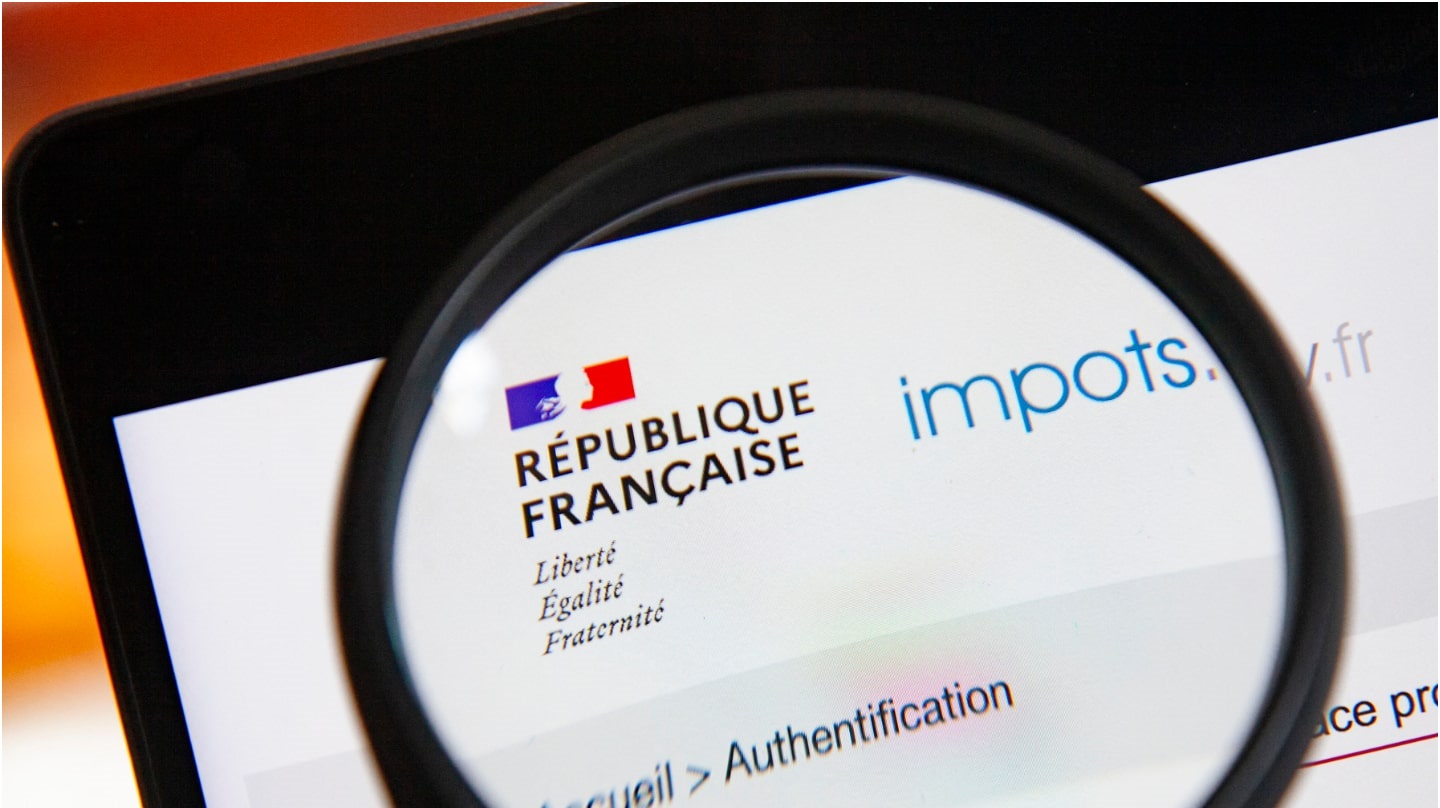


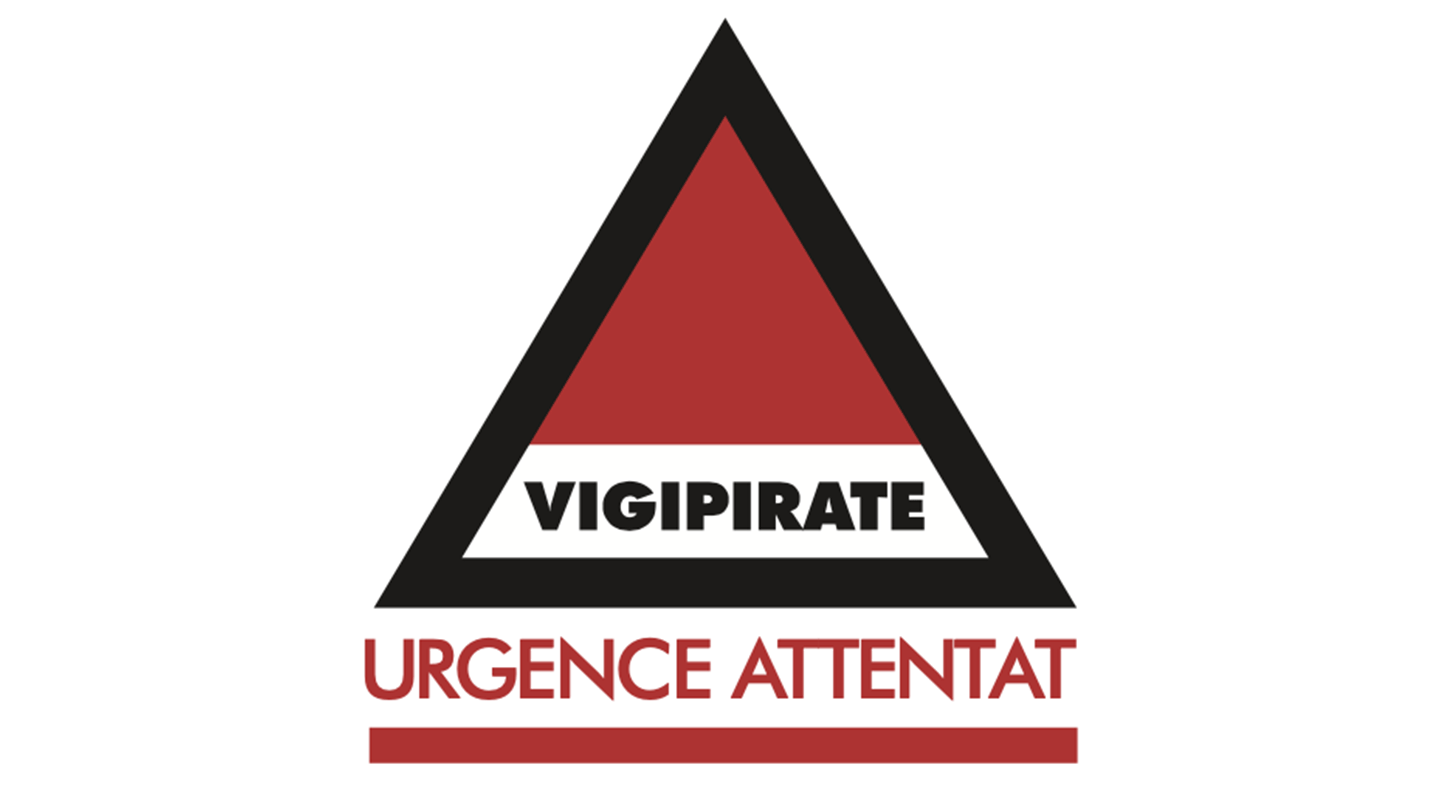


 Toutes et tous égaux
Toutes et tous égaux
 Paris 2024
Paris 2024
 Économies d'énergie
Économies d'énergie
 France 2030
France 2030
 France nation verte
France nation verte
 Ukraine
Ukraine
 Bouge 30 minutes
Bouge 30 minutes
 Européennes 2024
Européennes 2024
